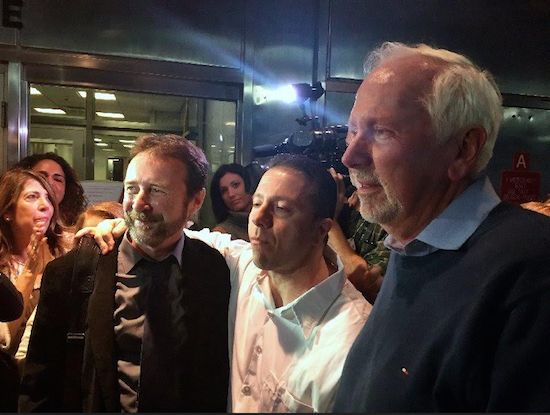Crime reporter from Brooklyn breaks big story

Johnny Hincapie’s release: Bill Hughes, Johnny Hincapie and Bob Dennison outside the courthouse at 111 Centre St. in Manhattan, Oct. 6, 2015. Photo by Brent Buell
Who was this kid from Brooklyn, now in his fifties, being interviewed nationally on Dateline NBC about Johnny Hincapie?
His name is Bill Hughes. He’s a former reporter who is now teaching at CUNY’s York College. So what?

Brooklyn Boro
View MoreNew York City’s most populous borough, Brooklyn, is home to nearly 2.6 million residents. If Brooklyn were an independent city it would be the fourth largest city in the United States. While Brooklyn has become the epitome of ‘cool and hip’ in recent years, for those that were born here, raised families here and improved communities over the years, Brooklyn has never been ‘uncool’.